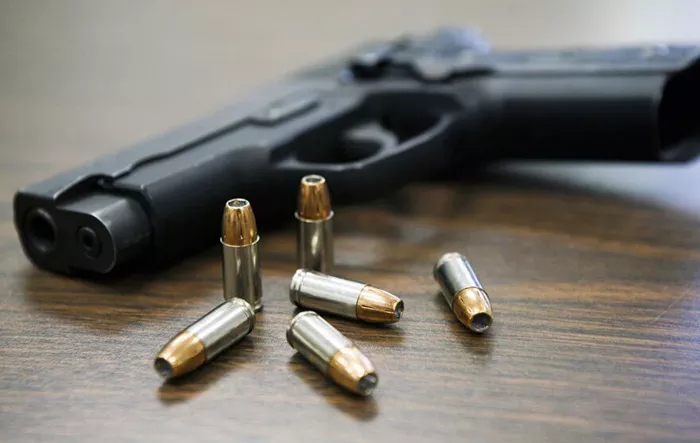New data from the Centers for Disease Control and Prevention (CDC) reveals that, on average, an American emergency room treats at least one firearm injury every 30 minutes. This persistent rate highlights the ongoing impact of gun violence in the U.S., even years after the national conversation sparked by the COVID-19 pandemic surge in shootings.
The study, published in Annals of Internal Medicine in April 2025, analyzed emergency department data from the District of Columbia and nine states, including Florida, Georgia, and North Carolina. From 2018 to 2023, hospitals treated 93,022 gunshot injuries. The findings showed that shooting injuries peaked in July, were most frequent during holidays, and spiked on Friday and Saturday nights, especially between 2:30 a.m. and 3 a.m. The lowest rates occurred in February and during mid-morning hours.
Dr. Adam Rowh, a CDC medical epidemiologist and lead author, emphasized the importance of hospital data in informing violence prevention efforts. “Many incidents go unreported to police, so hospital data offers crucial insights,” he said.
One key response to gun violence is hospital-based violence intervention programs (HVIPs). These programs offer rehabilitative care aimed at preventing reinjury. Despite their proven effectiveness, many HVIPs face funding cuts. January Serda, grant coordinator of an HVIP in Newport News, Virginia, noted that federal support for community violence intervention is shrinking amid broader challenges in healthcare and education funding.
Dr. Randi Smith, a trauma surgeon who founded an HVIP at Grady Memorial Hospital in Atlanta, treats gunshot victims regularly. Her program, launched in 2023, has served over a thousand patients with reinjury rates under 3%, far below national averages.
Smith highlighted that such programs are essential alongside medical care. “Financial and social investment in HVIPs is as crucial as life-saving surgery,” she said.
The recognition of gun violence as a public health crisis dates back nearly 40 years, driven by frontline healthcare workers witnessing rising shooting rates in the 1980s and 1990s. Their efforts led to the first HVIPs in the country.
Serda, who began working in violence intervention after her son was fatally shot in 2022, stressed the need for trauma-informed care for hospital staff treating victims. “There is little training on compassion fatigue and vicarious trauma, even though these workers face emotional tolls daily,” she said.
As gun violence remains a persistent crisis, experts call for more attention to both prevention and support for those treating its victims.
Related topics:


